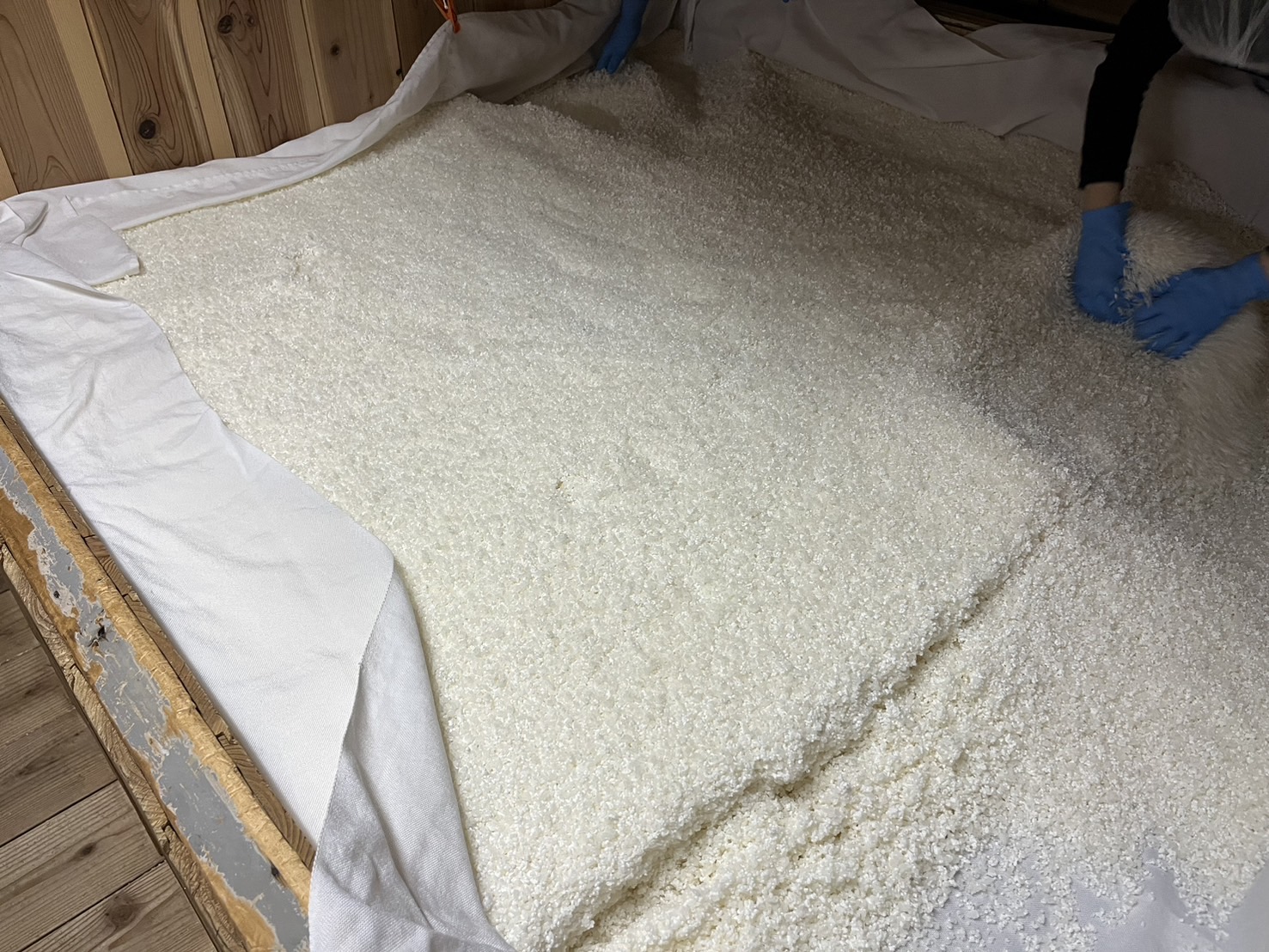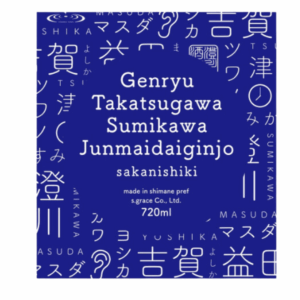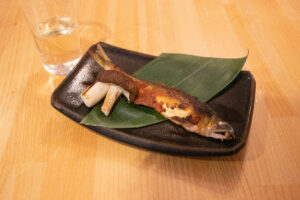What is the difference between “sweet” and “dry” sake?

What is the difference between “sweet” and “dry” sake?
When choosing sake, you often see the terms “sweet” and “dry”. But what exactly is the difference between them? In this issue, we will introduce the differences and some tips on how to choose the right one.
What is the definition of sweet and dry?
The sweetness or dryness of sake is mainly expressed in terms of “nihonshudo,” or sake alcohol content.
Sake degree is a numerical value based on specific gravity (how light or heavy a sake is compared to another),
– The higher the plus (+), the drier the sake.
– The higher the minus (-), the sweeter the sake.
For example, sake with a +5 rating is dry, while sake with a -3 rating is sweet.
However, these numbers alone do not determine the true taste. Acidity, amino acidity, alcohol content, and aroma also come into play. Therefore, it can be said that the actual impression is not known until the sake is drunk.
Characteristics of sweet sake and how to enjoy it
Sweet sake has a mellow mouthfeel, and the sweetness and umami of the rice can be felt well. Many have a fruity aroma and are popular among beginners and those who are not so fond of sake.
Foods that go well with it
– Japanese dishes with a gentle flavor, such as tofu paste and simmered dishes
– Western-style snacks such as cheese and fruits
Characteristics of Dry Sake and How to Enjoy
Dry sake is characterized by its clean and crisp taste. It has a light aftertaste that does not interfere with the meal and enhances the flavor of the food. Many types can be enjoyed either well chilled or at room temperature.
Foods that go well with it
– Seafood such as sashimi and grilled fish
– Tempura and grilled chicken (salt) eaten with salt
Dry = strong alcohol
People tend to think “dry = strong alcohol”, but there is no direct relationship between the alcohol content and the sake level. There are dry sake with low alcohol content, and there are sweet sake with high alcohol content, such as Harazake.
How do I find out what I like?
The first step is to try different types.
Sake breweries and specialty stores sometimes have a radar chart showing not only “sweet” and “dry” but also differences in aroma and acidity. We have also introduced taste charts to our products to make them easier to understand.





